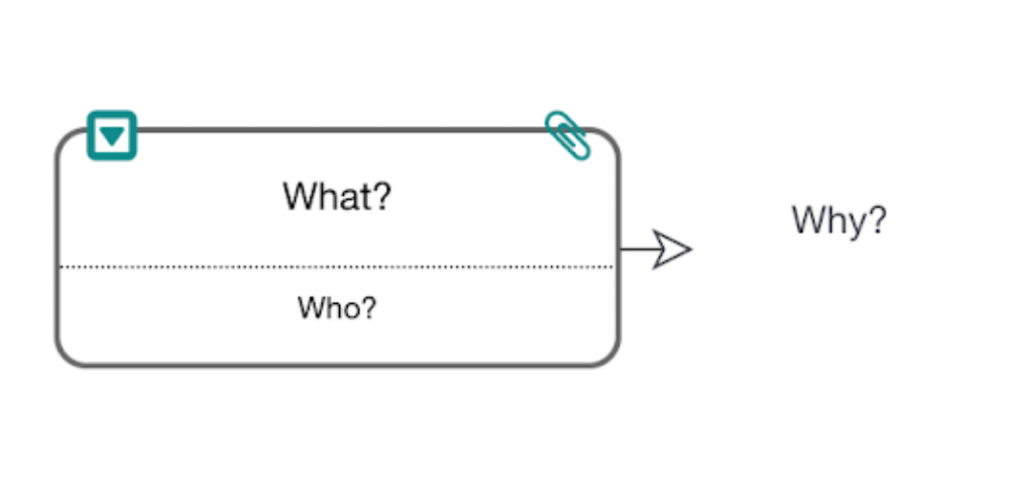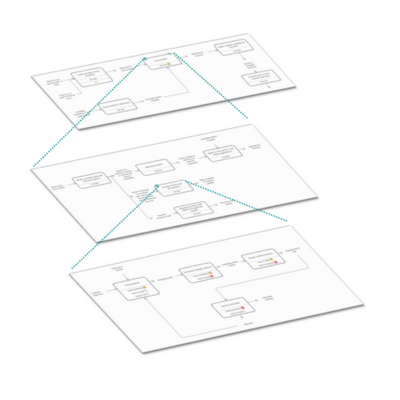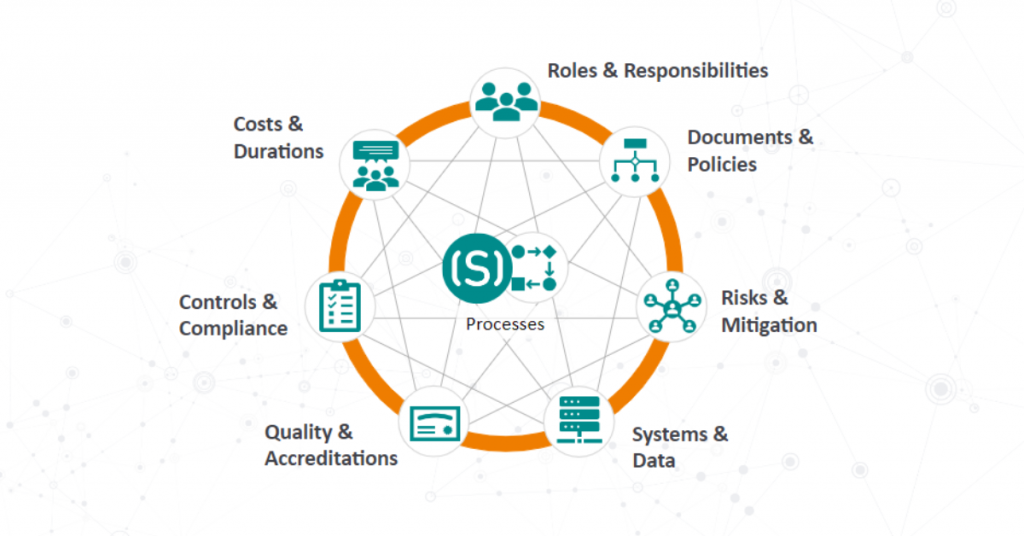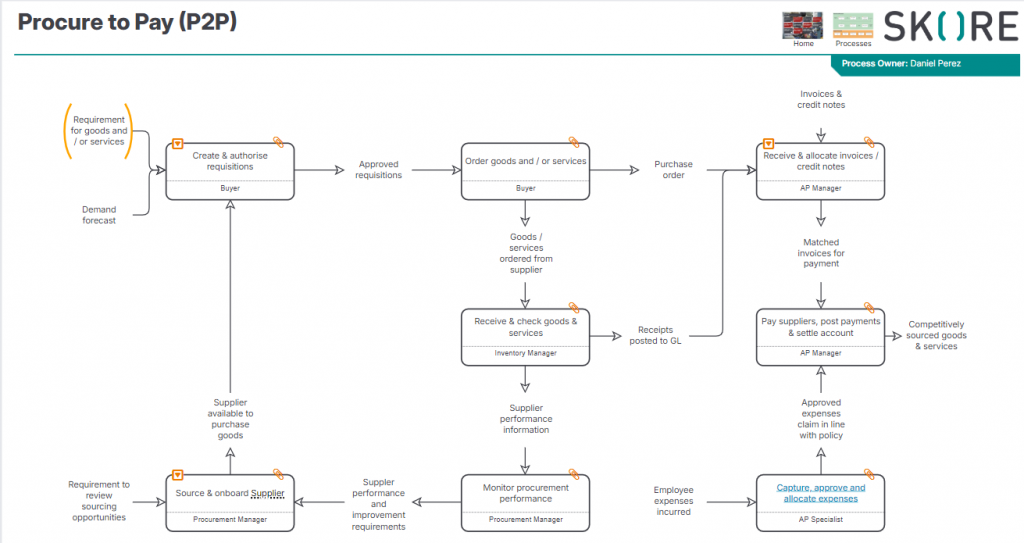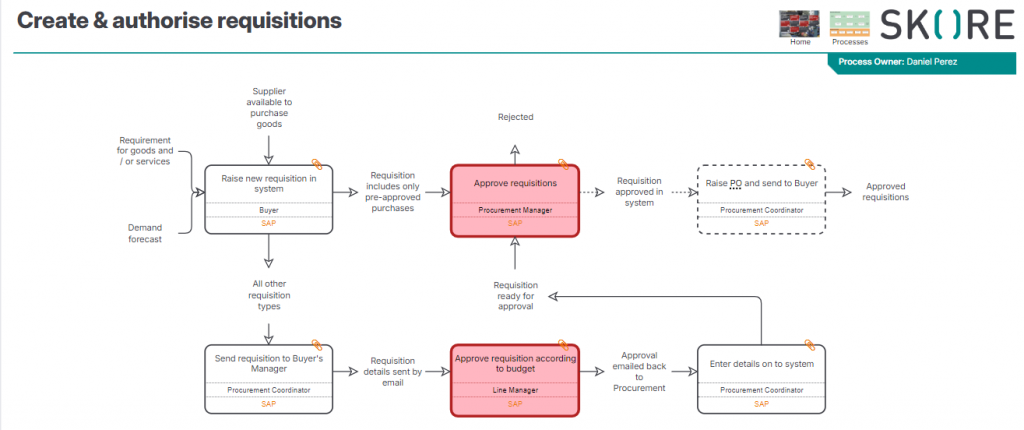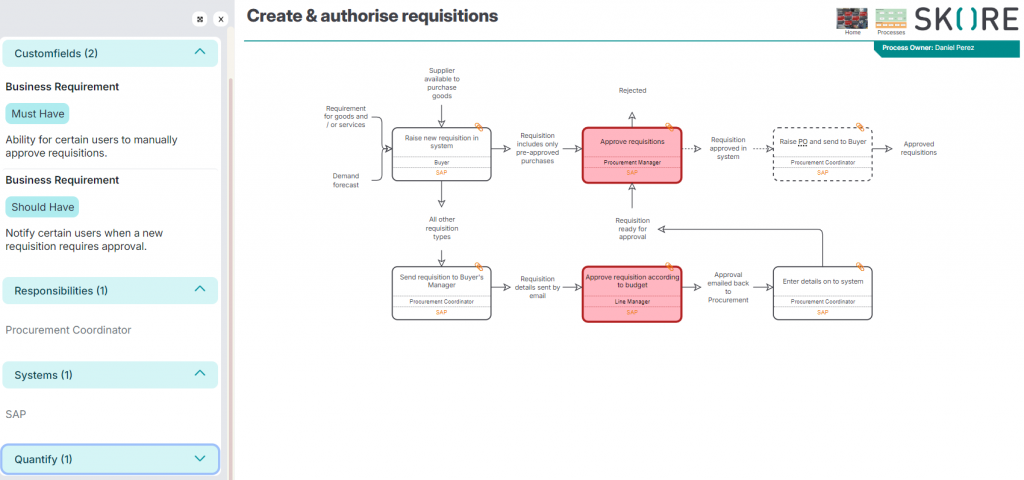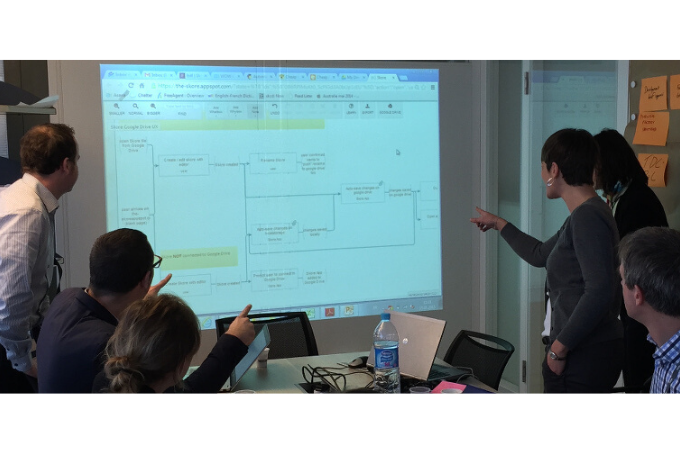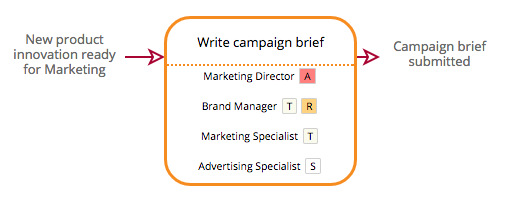In this article, we’ll explore the vital link between process mapping and the assignment of roles and responsibilities within an organisation. By the end, you’ll understand how these two components work in harmony to create a well-orchestrated symphony of productivity.
Imagine an orchestra without a conductor or a football team without a captain.
Chaos, right?
Just like in music or sports, every organisation needs a clear structure with assigned roles and responsibilities to ensure its processes run smoothly.
The Importance of Roles & Responsibilities for Process Management
Before we dive into the world of process mapping, let’s first understand the significance of roles and responsibilities within an organisation. In essence, they are the building blocks upon which successful processes are built.
Assigning roles and responsibilities act as a guide that each team member can follow along a clearly defined path. When everyone is aware of their specific role, and the responsibilities attached to it, there’s no room for confusion or ambiguity. This clarity becomes the bedrock for fostering accountability. Team members know what is expected of them, and when expectations are clear, accountability naturally follows. The result is a workplace culture where individuals take ownership of their tasks, and finger-pointing becomes an antiquated practice. Plus, if you are new to the company, clearly defined role and responsibilities will help train and assist you in understanding your tasks and accountabilities.
Additionally, clear roles and responsibilities make organisations more efficient. When each individual knows their designated role, tasks are streamlined, and redundant efforts are eliminated. Imagine a well-coordinated ballet, where every movement is deliberate and contributes to the overall performance. Defined roles and responsibilities ensure that tasks are handled by the right people, leading to a harmonious workflow and increased overall efficiency.
A team working seamlessly, with each member contributing their unique skills to achieve a common goal is the direct result of well-defined roles and responsibilities. When team members are aware of their specific duties and understand how their contributions fit into the larger picture, they can work more cohesively, driving overall productivity to new heights.
Correctly assigned and understood roles and responsibilities also account for quality control, which is the assurance that the final product or service is as flawless as possible. When each team member knows who is responsible for what, it becomes easier to trace the origins of any issues that may arise. If a particular aspect of a process doesn’t meet the expected standard, the responsible party can be identified swiftly and any missteps can be addressed and fixed. This accountability ensures that quality remains a top priority throughout the execution of tasks and processes.
Finally, well-defined and clearly communicated roles and responsibilities act as the arteries through which the lifeblood of an organisation flows. When team members are assigned specific roles, communication becomes more open and effective. Knowing who to approach when questions arise or assistance is needed streamlines the communication process. This clarity in communication prevents misunderstandings, encourages collaboration, and ultimately contributes to a more cohesive and successful working environment.
Thus, roles and responsibilities are the backbones of organisational success. They provide the structure and order needed for processes to unfold seamlessly. As we venture into the world of process mapping, keep in mind that the effectiveness of the map is intricately linked to the clarity and precision with which roles and responsibilities are defined within the organisation.
Refresh: What Is RACI
In the world of roles and responsibilities, RACI is a term you’re likely to come across frequently. It’s an acronym that stands for Responsible, Accountable, Consulted, and Informed, and works as a framework. Let’s briefly refresh our memory on what these terms mean:
Responsible (R):
Responsible individuals are the backbone of task execution, the “doers” who roll up their sleeves and carry out the work. They are the craftsmen crafting the product, the developers writing the code, or the project managers ensuring the plan is set into motion. The “R” in RACI designates those hands-on contributors who bring tasks to life. They are not just cogs in the machine; they are shaping the outcome.
Accountable (A):
If the Responsible individuals are the artisans, the Accountable party is the overseer, the one ultimately answerable for the success or failure of the task. The “A” in RACI designates the person who ensures that the task is not only completed, but completed successfully. They hold the reins of accountability, ensuring that every piece falls into place as envisioned. The Accountable individual is the final checkpoint, the one who shoulders the weight of the task’s outcome.
Consulted (C):
In the collaborative tapestry of organisational tasks, not everyone is a hands-on contributor. Some individuals bring valuable expertise and insights to the table without being directly responsible for execution. These are the Consulted individuals—the “go-to” experts whose input is sought during various stages of the task. The “C” in RACI designates those who provide wisdom and guidance, enriching the task with their specialised knowledge.
Informed (I):
While not directly involved in execution or decision-making, certain individuals still need to be in the loop. The Informed individuals are the audience—the stakeholders who should be kept abreast of the task’s progress or completion. The “I” in RACI designates those who may not be actively contributing or overseeing but have a vested interest in staying informed about the task’s developments.
Understanding the nuances of the RACI framework transforms roles and responsibilities from abstract concepts into a structured hierarchy. It delineates the division of labour, clarifies decision-making authority, and fosters a collaborative environment where every individual’s contributions align with their designated role.
Another, more complete framework we like to use is RATSI. Whichever framework your business uses, you do need to base it on one for maximum success. Assigning roles and responsibilities without one is just inviting an unnecessary headache.
The Role of Process Mapping in Roles & Responsibilities
Now that we’ve refreshed our understanding of RACI, let’s explore how process mapping intertwines with roles and responsibilities.
Firstly, process mapping is a powerful tool for visualising the flow of work within an organization. When you create a process map, you can clearly see each step in a process and how they connect. This visual representation is crucial for identifying where roles and responsibilities come into play, and with Skore in particular you can map out who is in charge of what, when.
Secondly, process maps can reveal gaps where tasks might be missed or overlaps where multiple individuals may assume the same responsibility. By visualising the workflow, you can address these issues and streamline processes.
Third, process mapping isn’t just about visual representation. You can use it as a platform for assigning roles and responsibilities at each stage of a process. Integrated with a RACI or RATSI matrix, the process map becomes a dynamic document, defining who is Responsible, Accountable, Consulted, and Informed at each crucial juncture. It transforms the abstract notions of roles and responsibilities into tangible assignments, ensuring that every individual plays their part.
Fourth, process maps with assigned roles and responsibilities can serve as valuable training and onboarding tools. For new employees, navigating the intricate landscape of an organization can be akin to learning a new school subject. The process map acts as the syllabus, providing clarity on their roles. This not only reduces the learning curve but also sets the stage for a seamless integration into the organisational ensemble, while providing them with study material they can fall back. This is why you should save all of this information in a process library.
As processes evolve, process mapping helps in evaluating the effectiveness of roles and responsibilities. You can identify areas where changes are needed, leading to continuous improvement. We’ve covered the importance of continuous improvement elsewhere, but it is essentially focusing on making everything run more efficiently to see continued growth for your business.
For managers and team leaders, process mapping makes it easier to delegate tasks. They can refer to the process map to ensure that the right people are handling specific responsibilities at all times, or switch them as necessary. By clearly identifying roles and responsibilities you can also see which roles are overloaded, who has the capacity for more tasks, and even create easy job descriptions using the up-to-date information.
Process maps, with roles and responsibilities clearly marked, improve communication within teams. Team members can easily reach out to the right person when they need input or assistance.
In the unfortunate event of disputes or issues, process maps can serve as a reference point for resolving conflicts related to roles and responsibilities. It’s much easier to resolve disputes when responsibilities are well-defined.
Conclusion
Roles and responsibilities are the backbone of any well-structured organisation, and process mapping is the lantern that shines a light on the path to effective assignment.
By embracing process mapping and utilising framework tools such as RACI or RATSI, you can create a culture of clarity, accountability, and efficiency within your organization. This will result in smoother processes, improved communication, and ultimately, a more successful and productive workplace.
The next time you’re studying how to enhance your organisation’s effectiveness, consider building process maps to help you assign roles and responsibilities in the best way possible.
To apply it right away, get in touch with our team at Skore for an up-close view of how we do it with our tool in one centralised dashboard.
